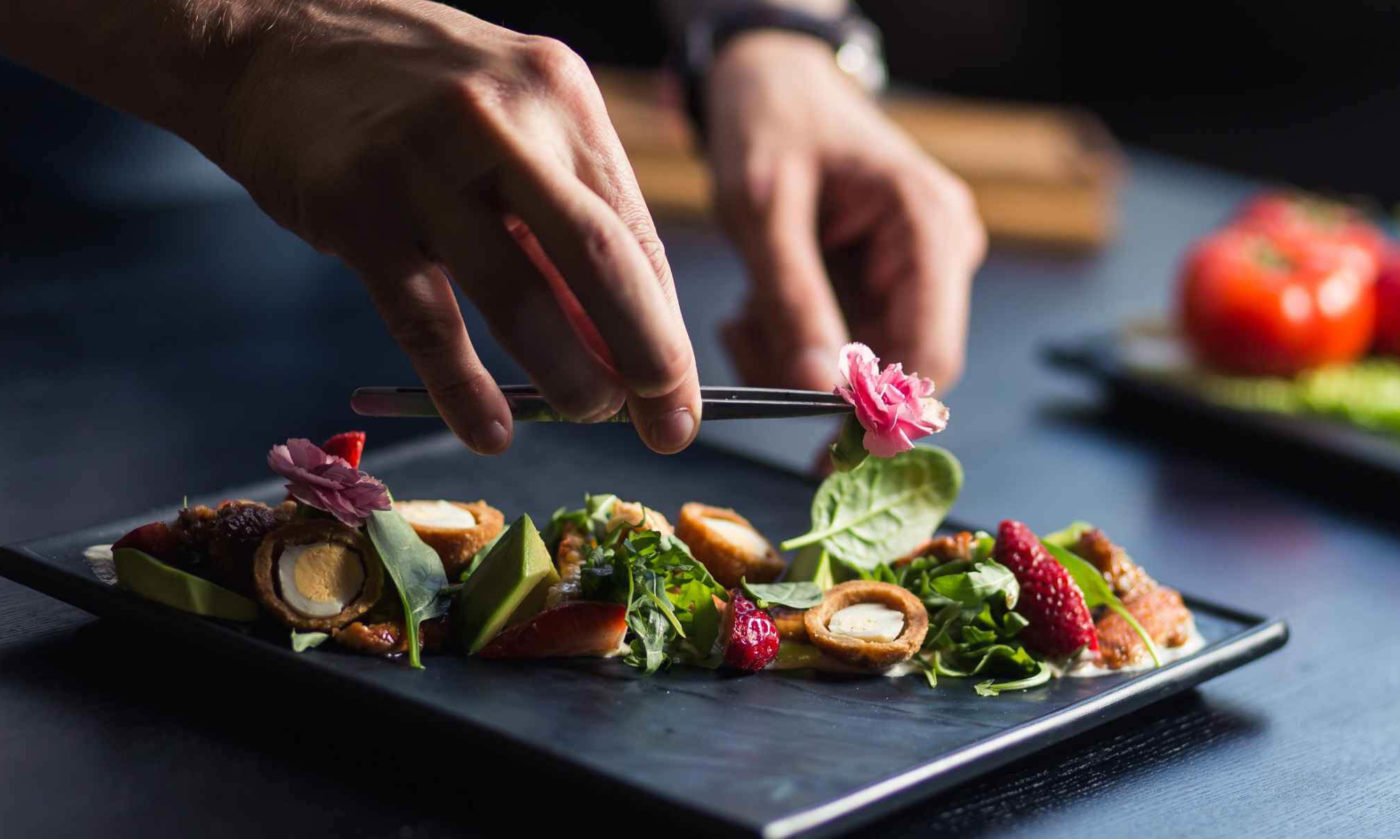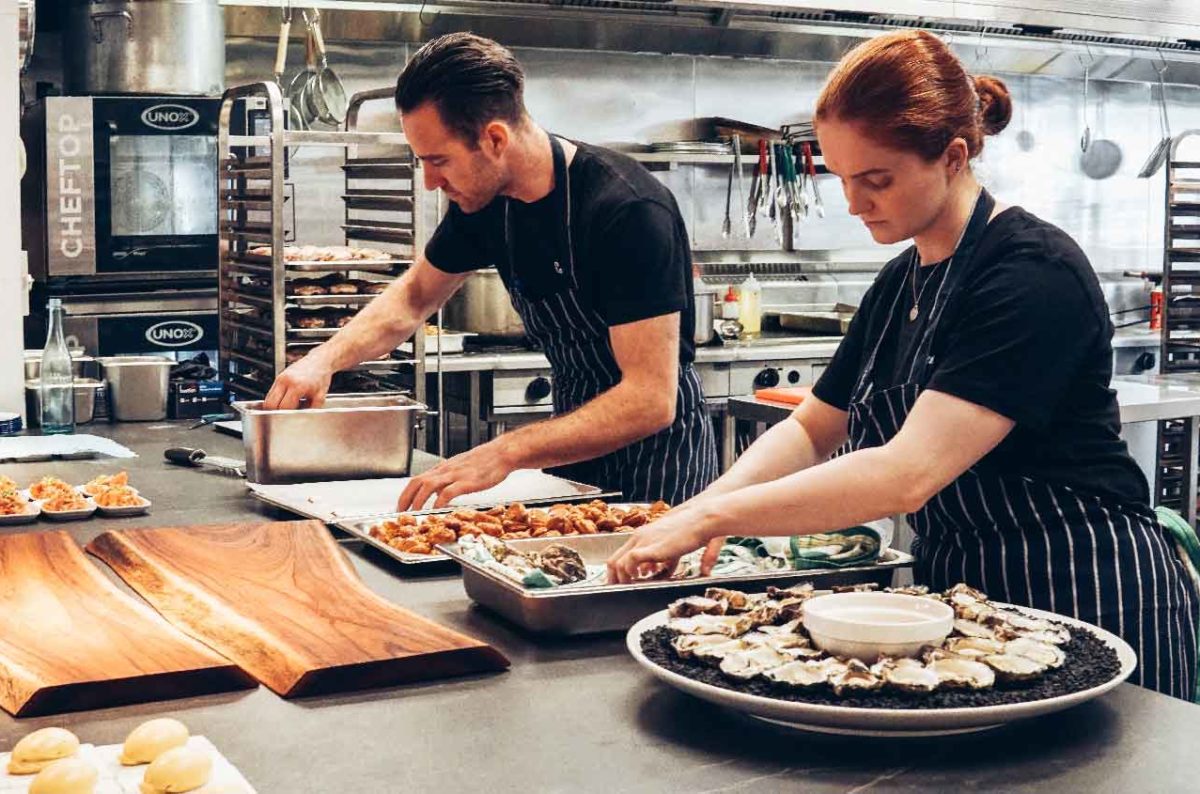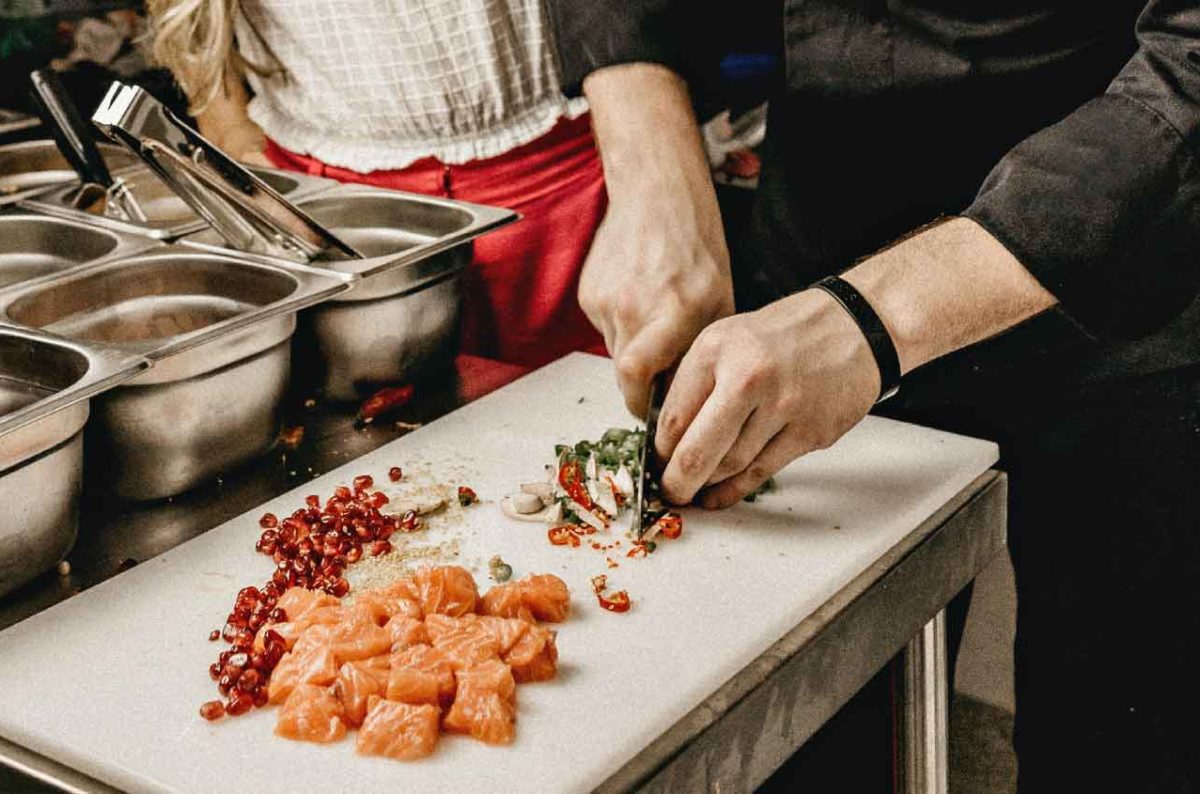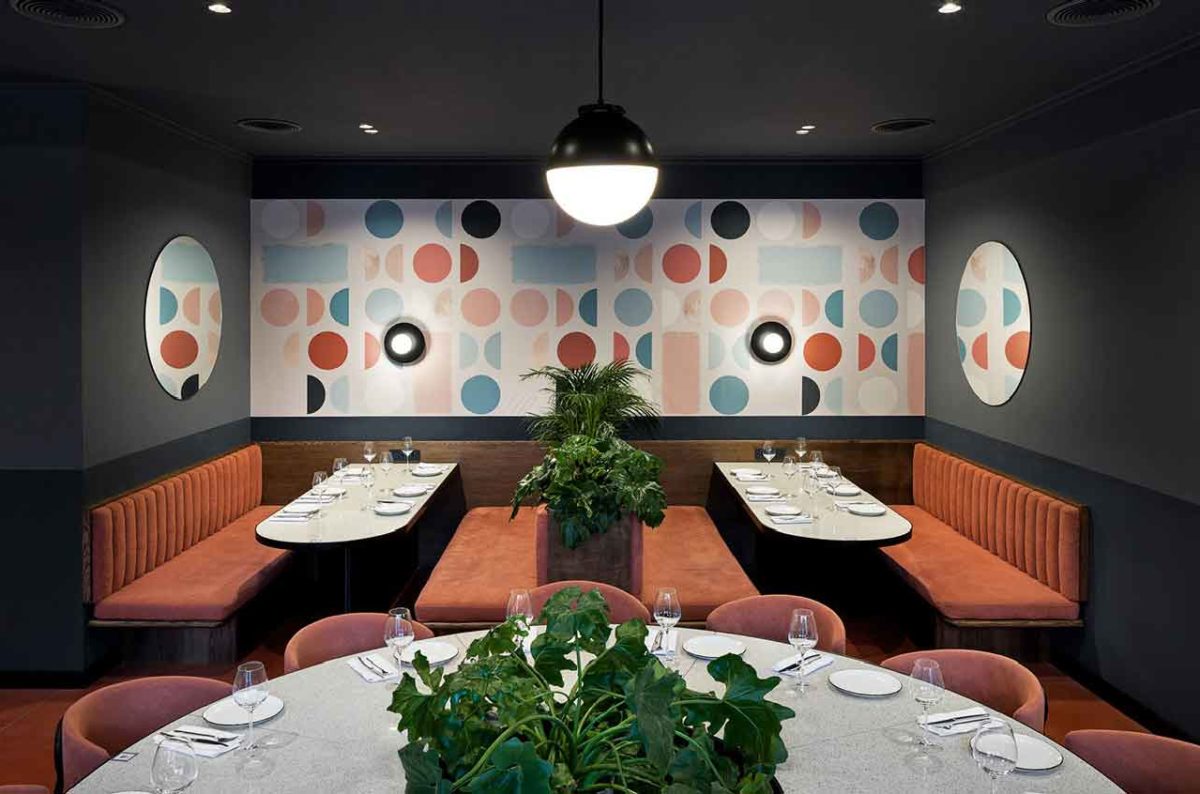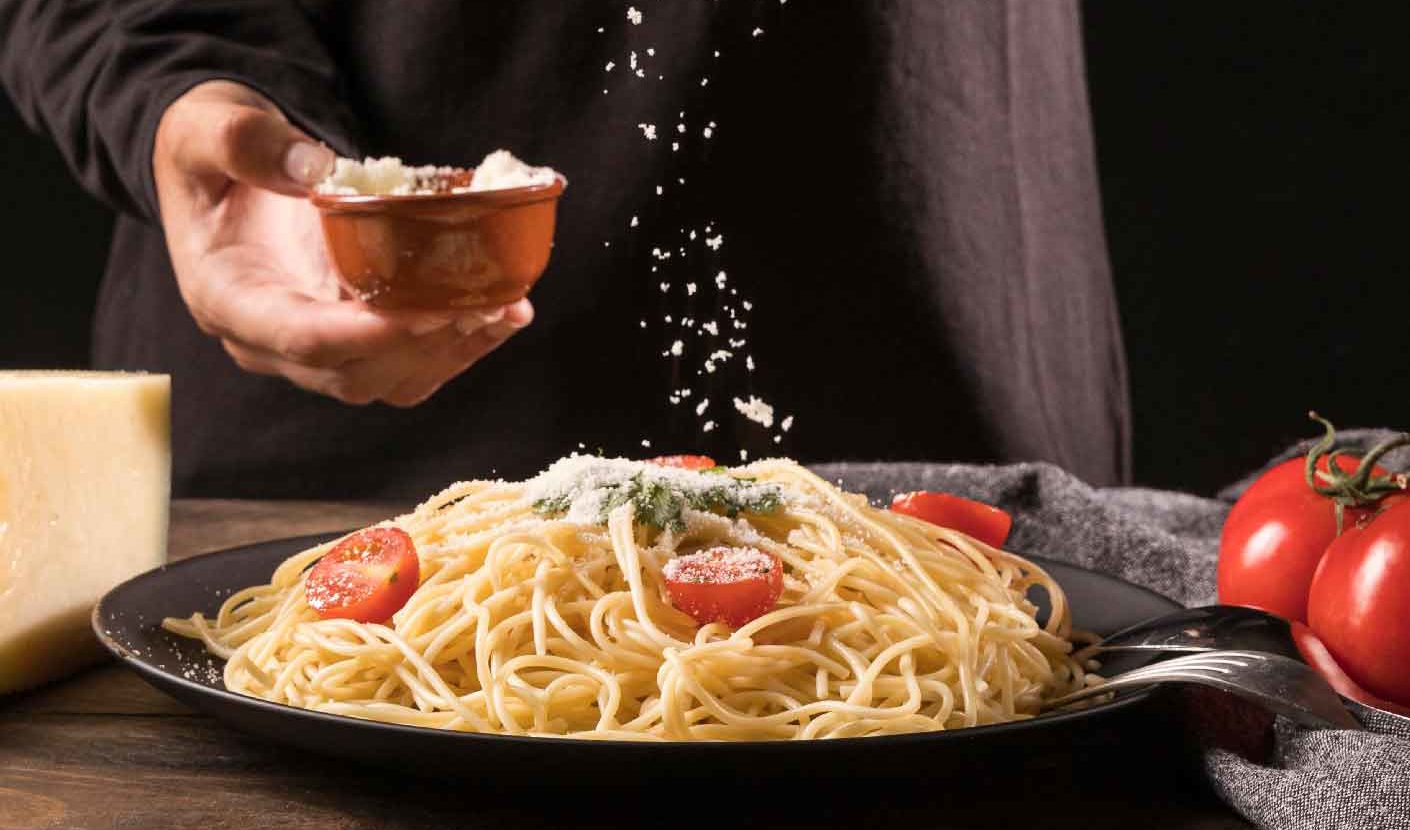
- 08/06/2023
Cooking innovation process
Firstly, define your blogging niche: Determine the specific area or theme you want to focus on in your food blog. It could be vegan recipes, baking tutorials, quick and easy meals, or a particular cuisine. Finding your niche helps you target a specific audience and differentiate yourself in the competitive world of food blogging.
Choose a domain name and hosting: Select a unique and memorable domain name that reflects your blog’s theme. Look for a reliable hosting service that suits your needs. Popular options include Bluehost, SiteGround, and HostGator, which offer affordable hosting packages and easy installation of blogging platforms.
Set up your blogging platform: Choose a user-friendly and customizable content management system (CMS) for your blog. WordPress.org is widely used and offers a wide range of themes and plugins tailored for blogging. Install WordPress on your hosting account and configure the basic settings.
Design your blog: Select an appealing theme that aligns with your blog’s style and enhances the user experience. Customize the theme to create a unique look and feel. Include your logo, choose a color scheme, and organize your menu and categories to make navigation seamless for your readers.
Create compelling content: Start creating and publishing high-quality content that resonates with your target audience. Share original recipes, cooking tips, restaurant reviews, and food-related stories. Use captivating food photography to engage your readers visually. Develop your writing style and strive for a consistent and authentic voice that reflects your personality.
Optimize for search engines: Implement search engine optimization (SEO) techniques to improve your blog’s visibility in search engine results. Conduct keyword research and use relevant keywords in your blog posts, titles, and meta descriptions. Create descriptive and keyword-rich alt tags for your images. Install an SEO plugin like Yoast SEO to help optimize your content.
Promote your blog: Spread the word about your food blog through various channels. Utilize social media platforms such as Instagram, Pinterest, and Facebook to share your recipes, interact with your audience, and attract new readers. Network with other bloggers, collaborate on guest posts, and participate in food blogging communities to increase your visibility.

